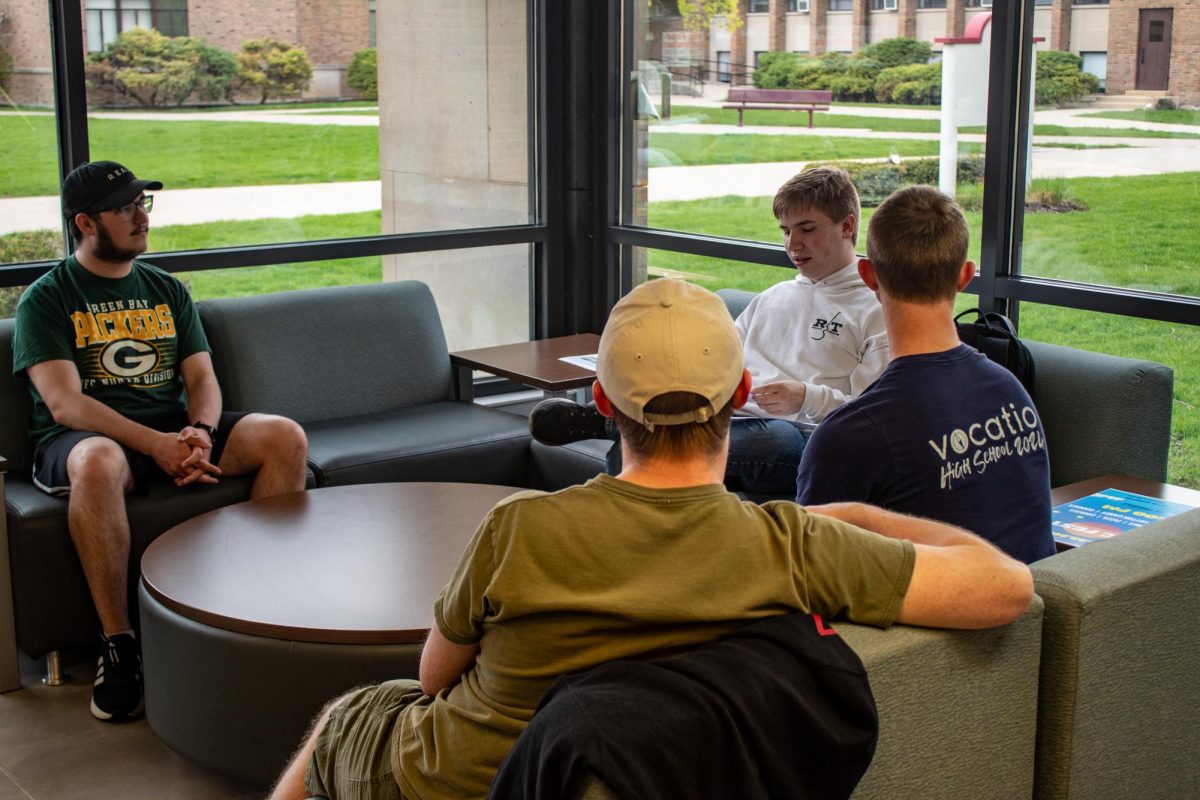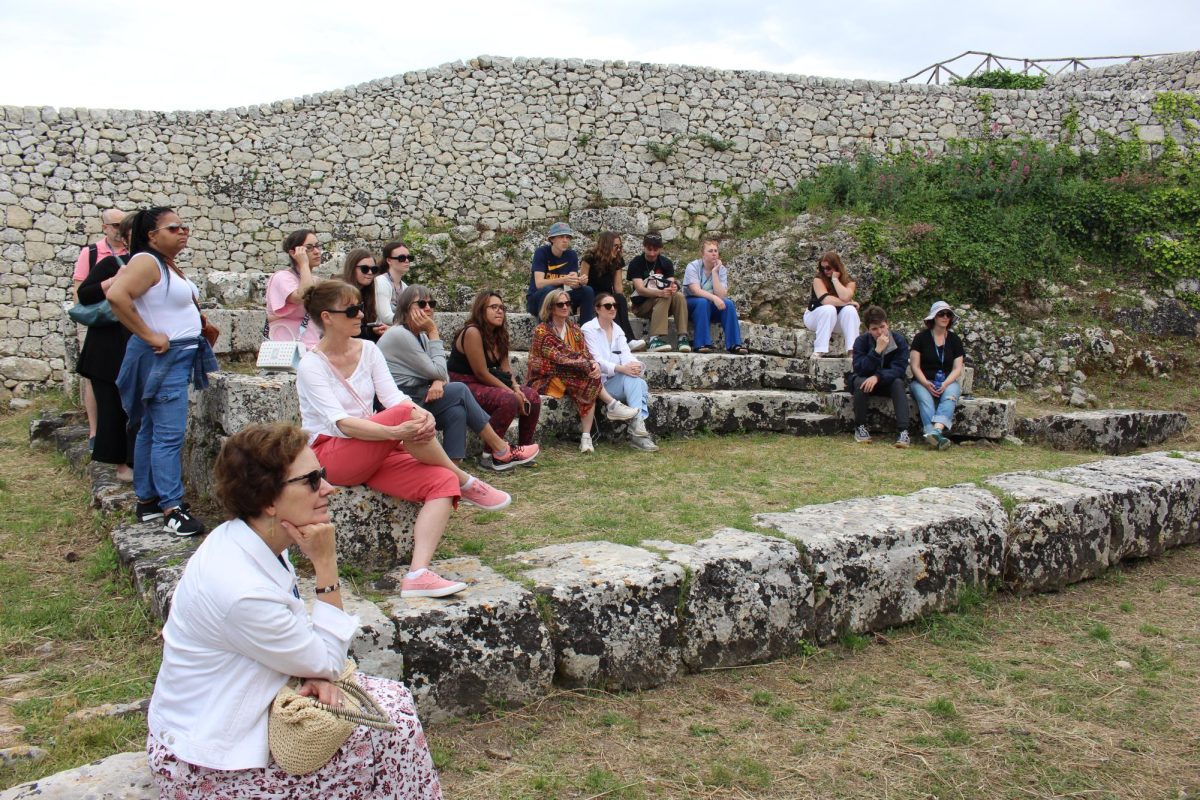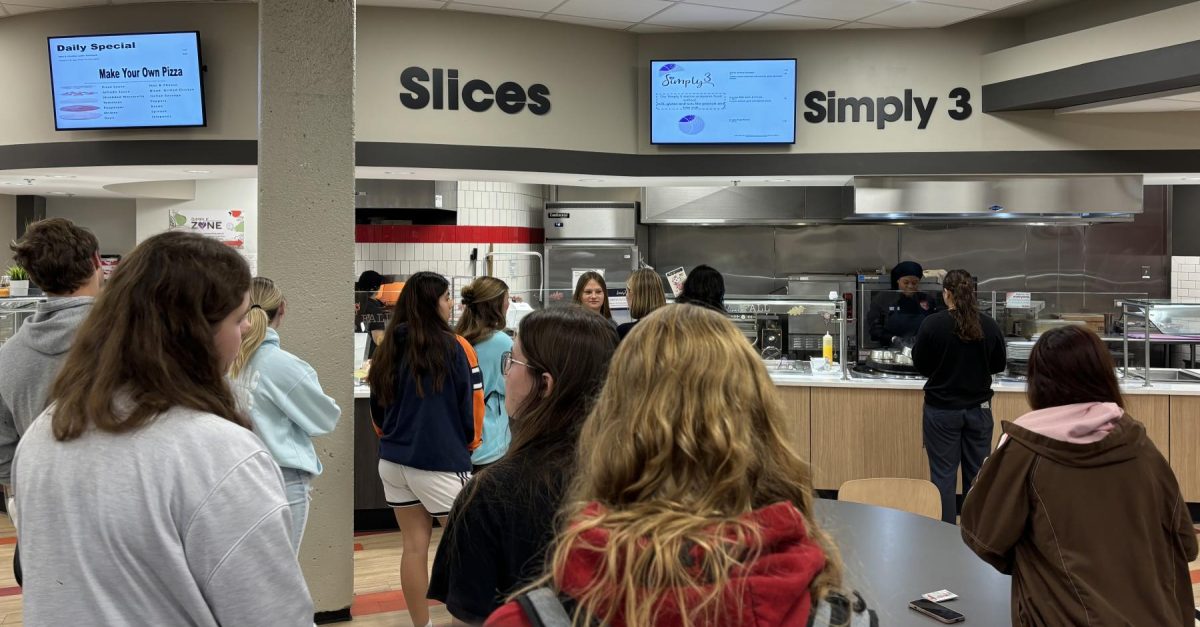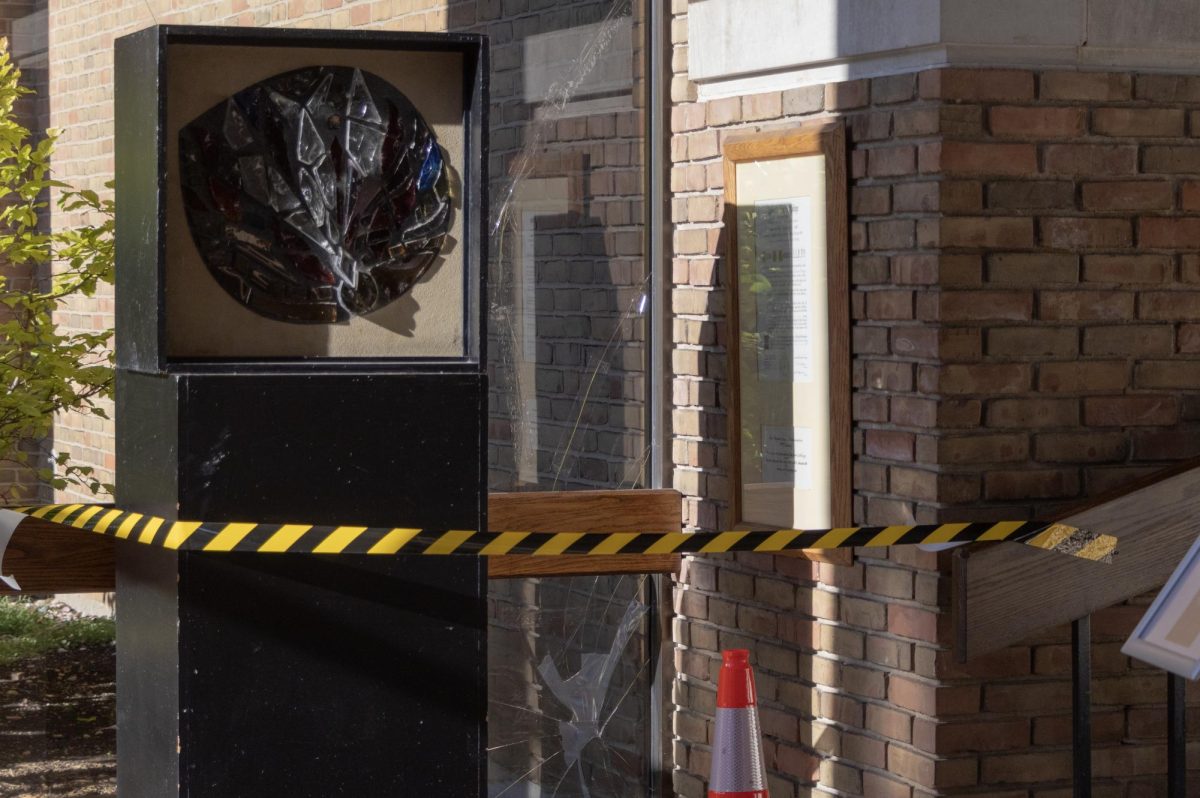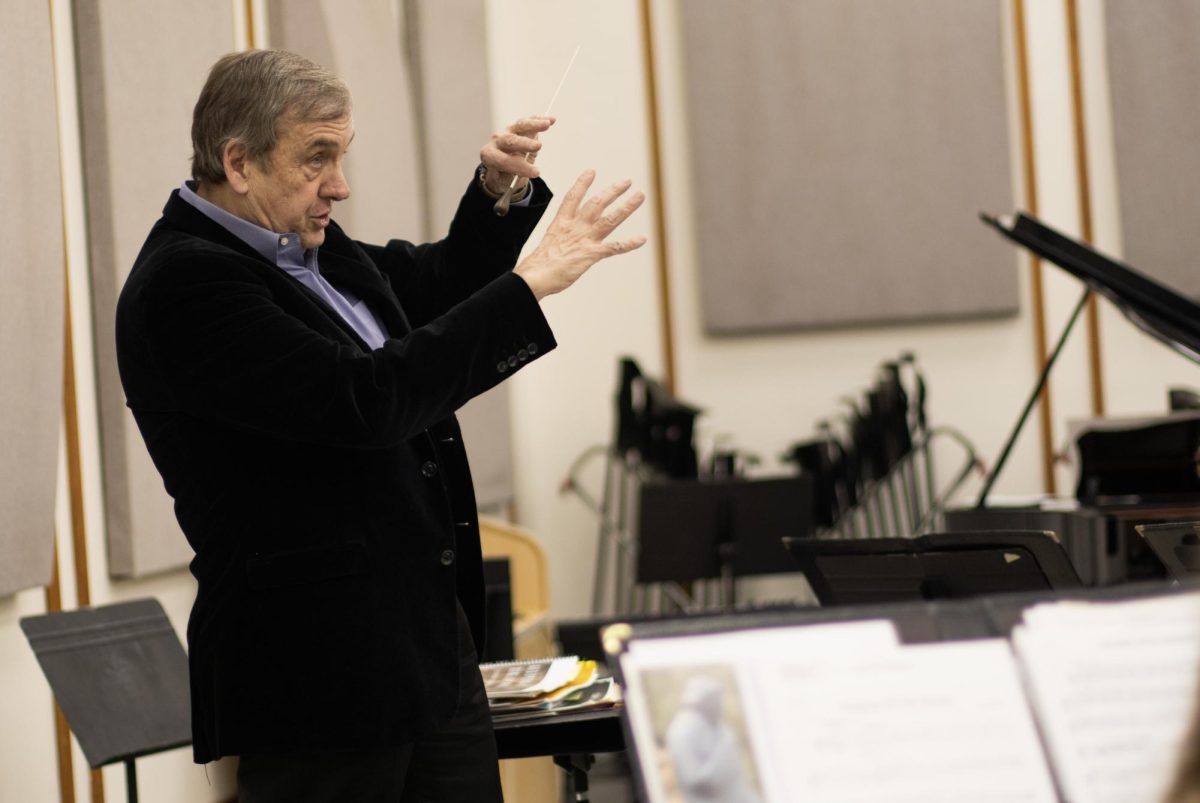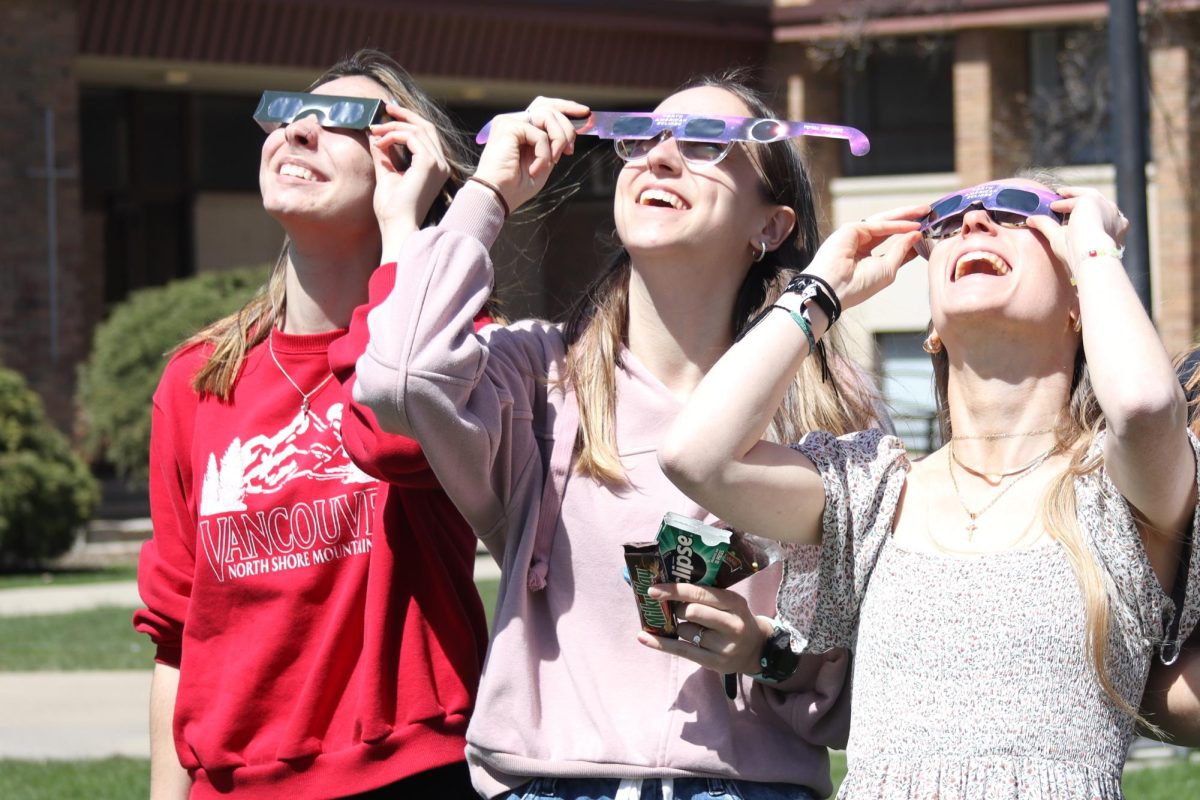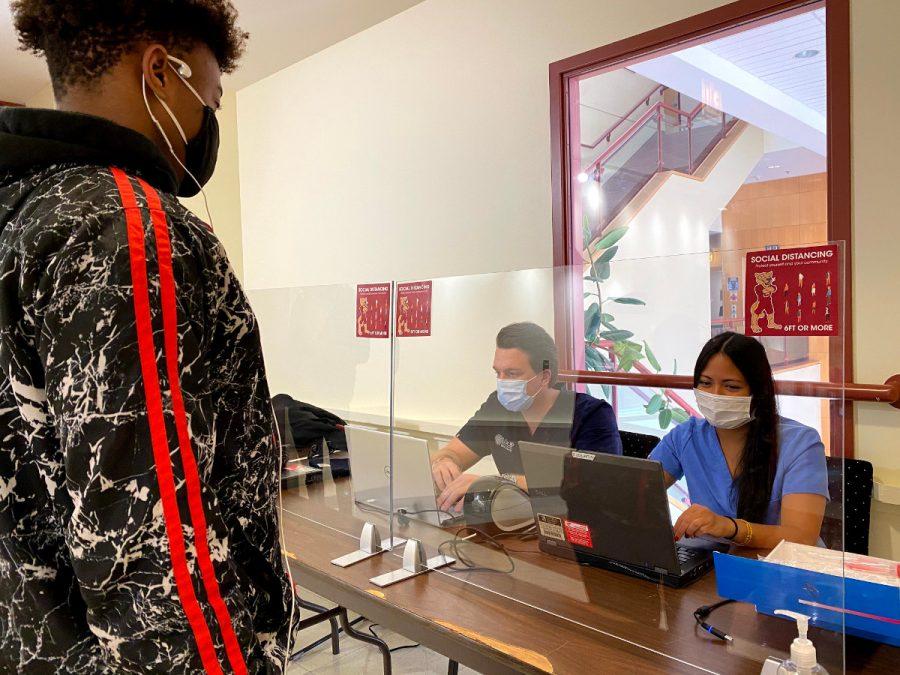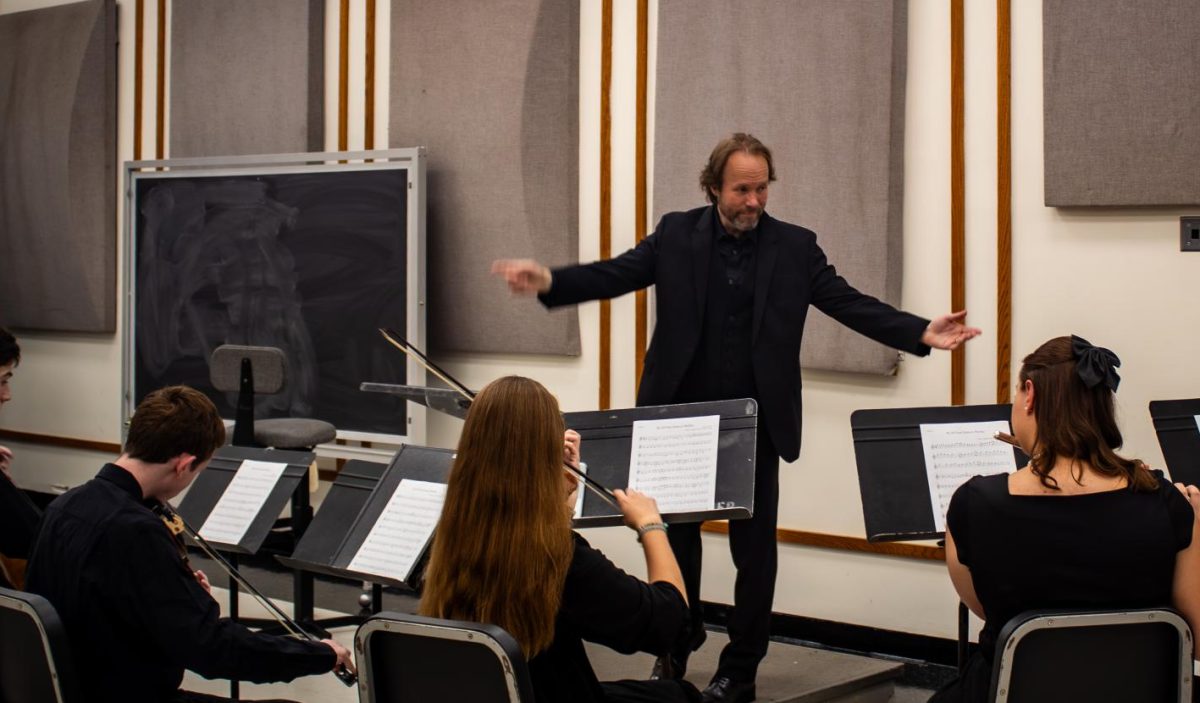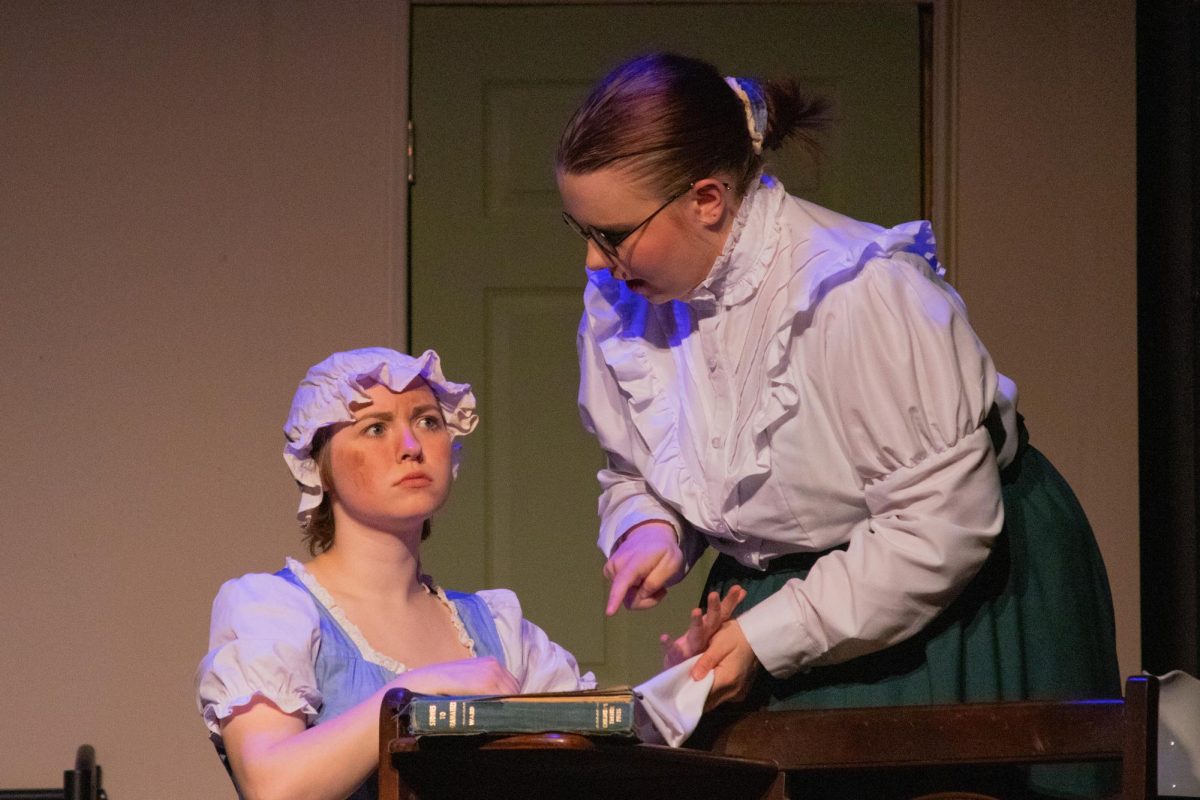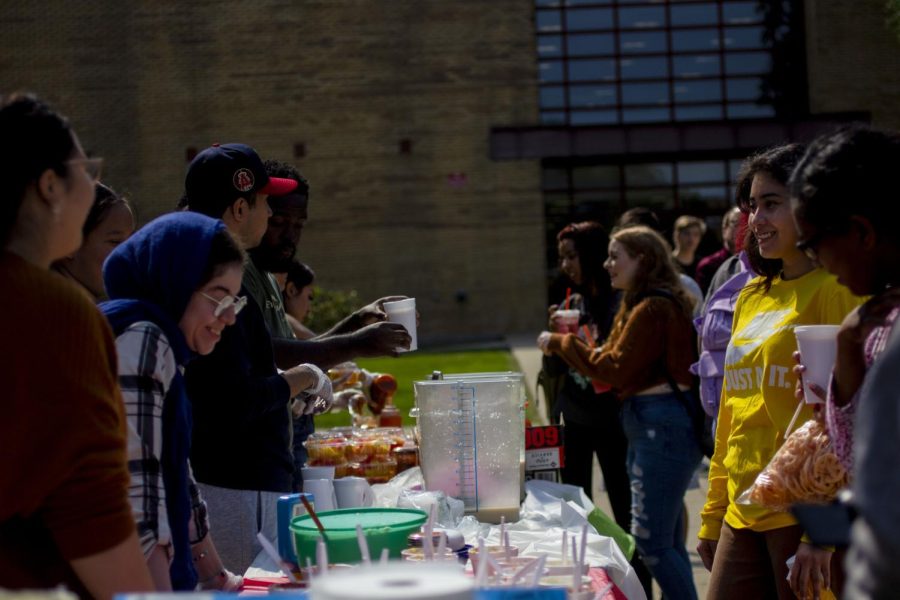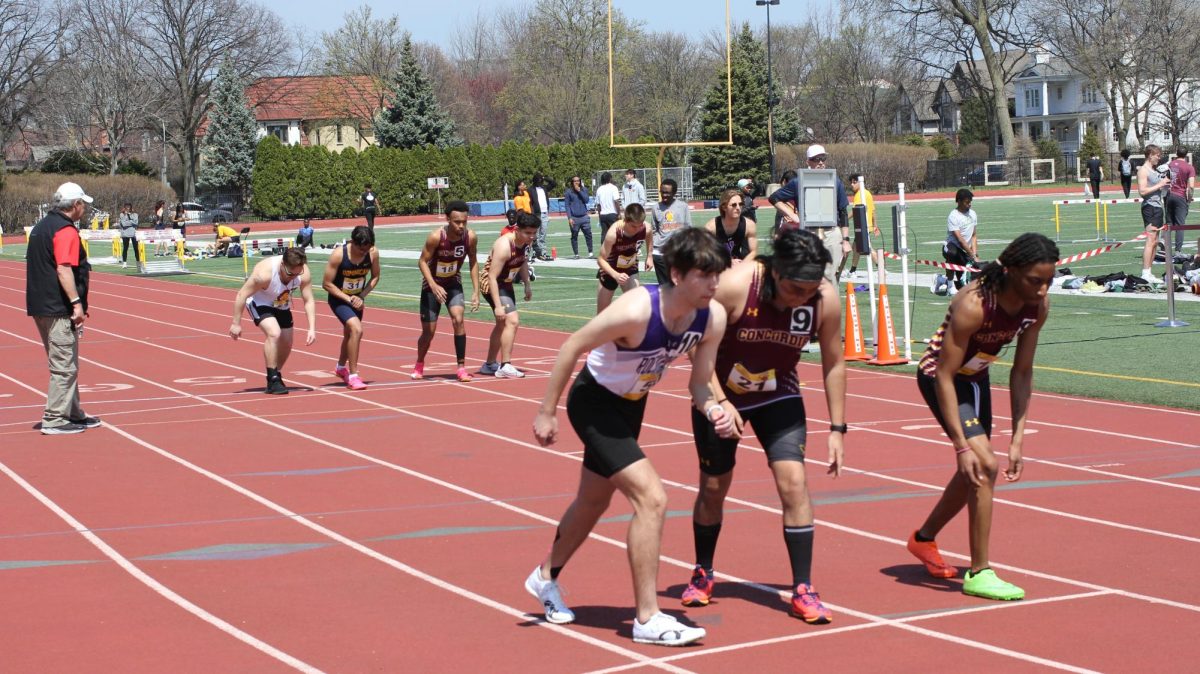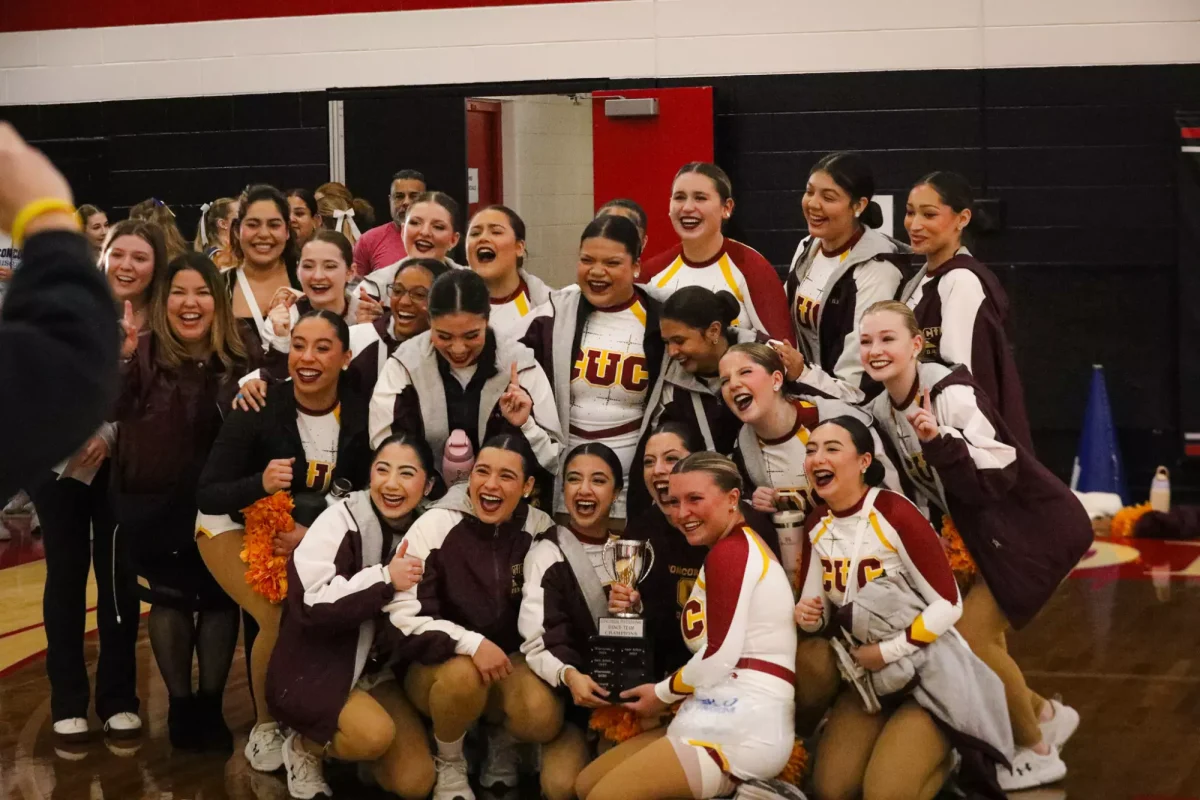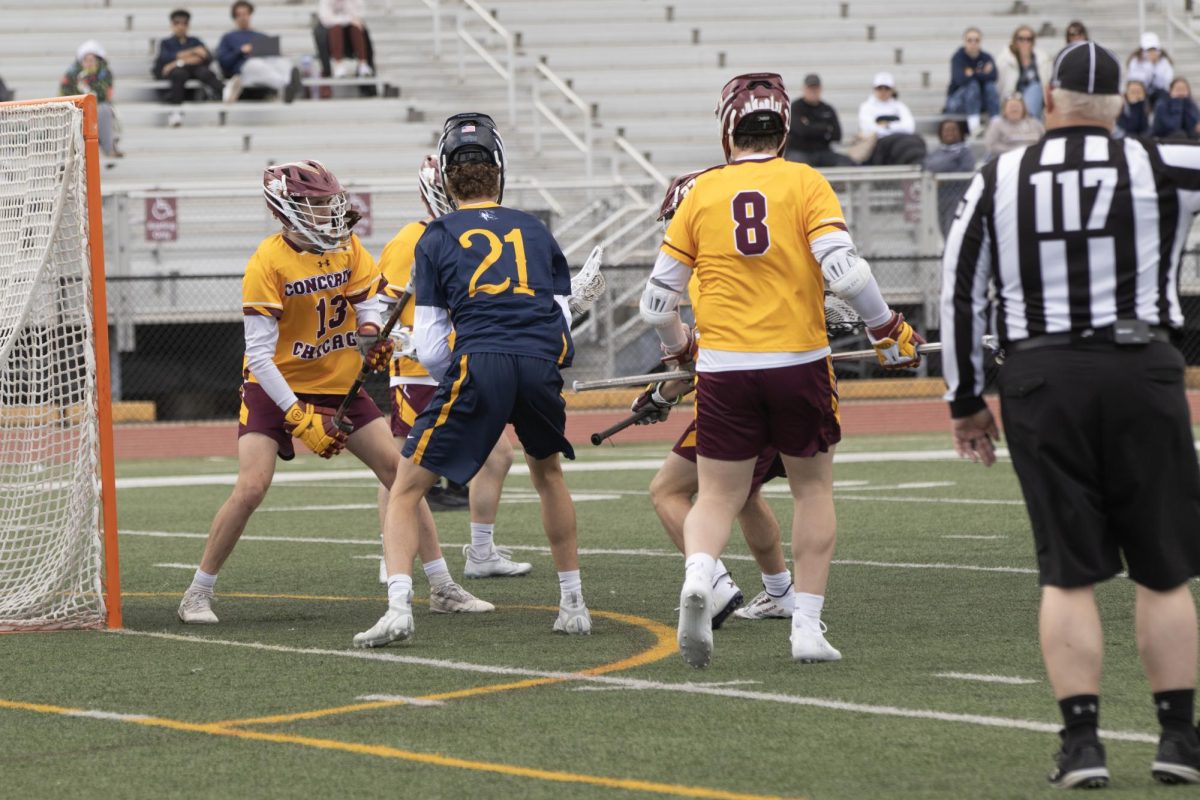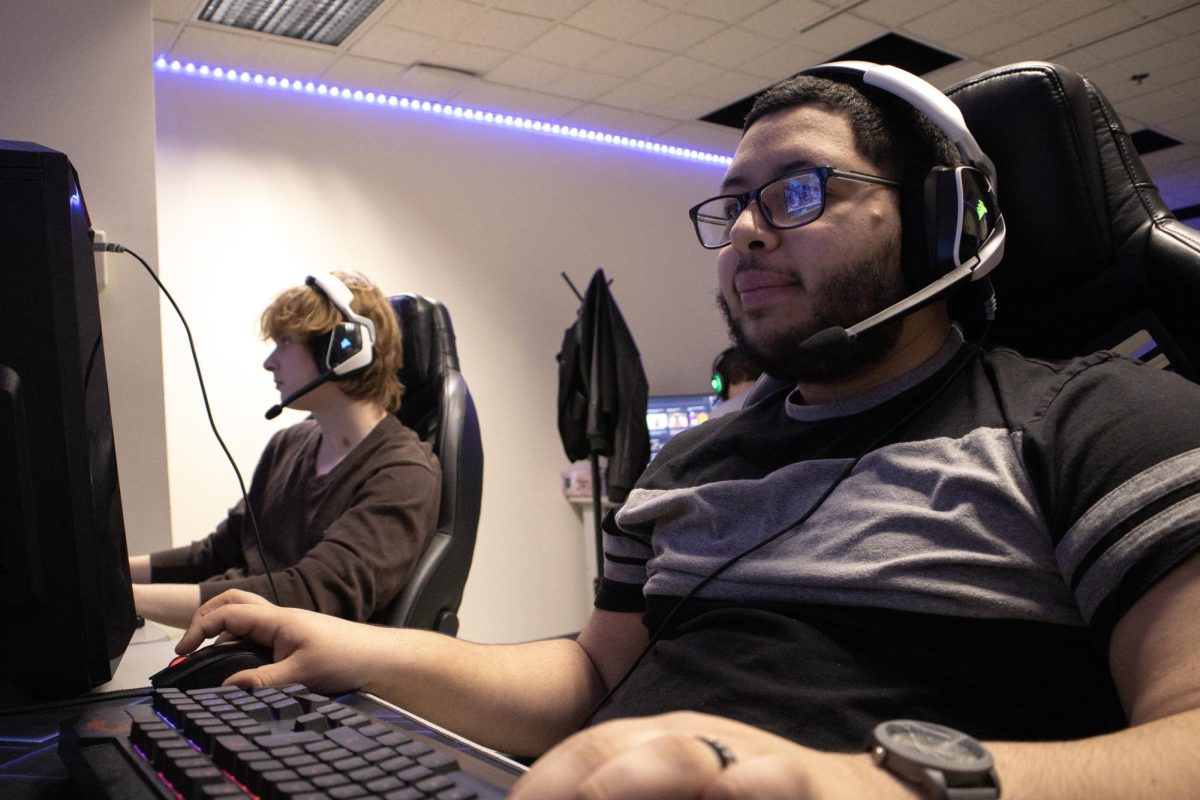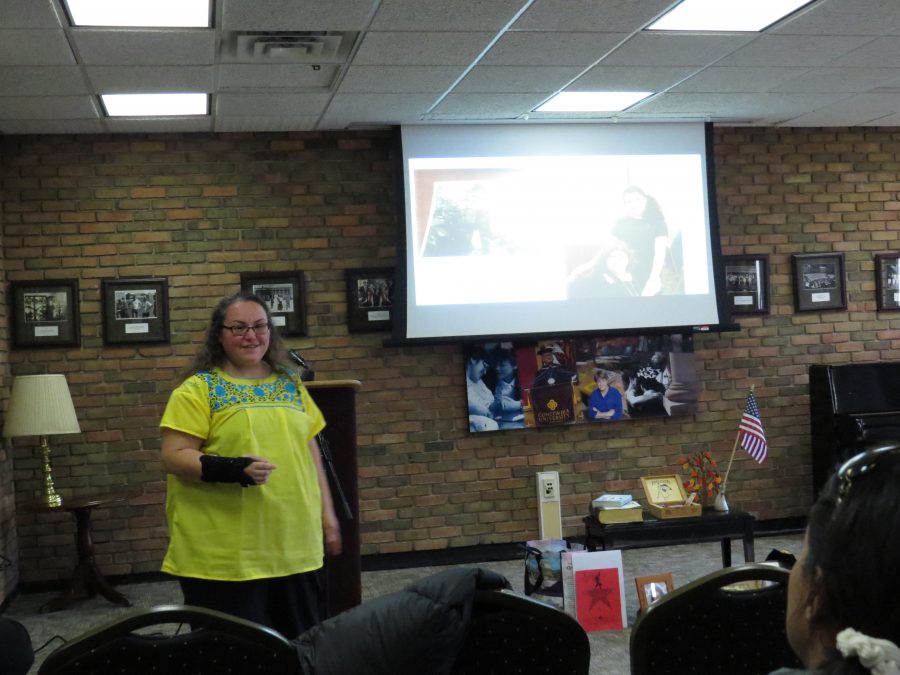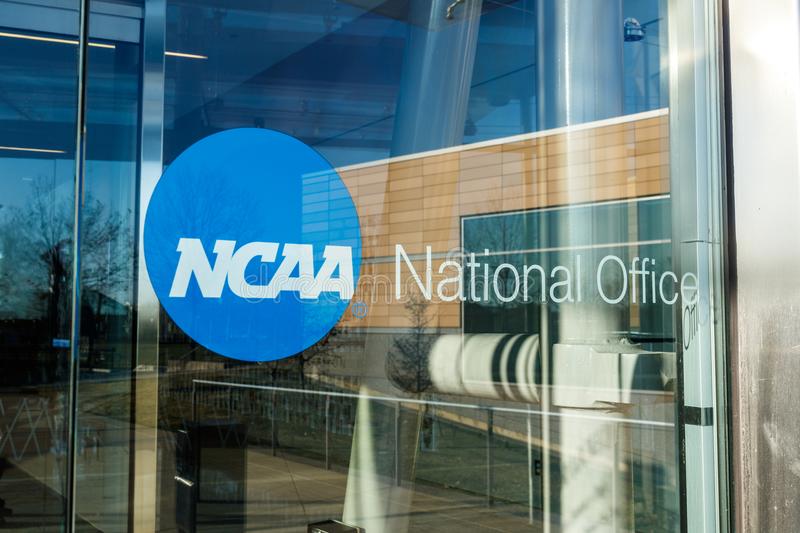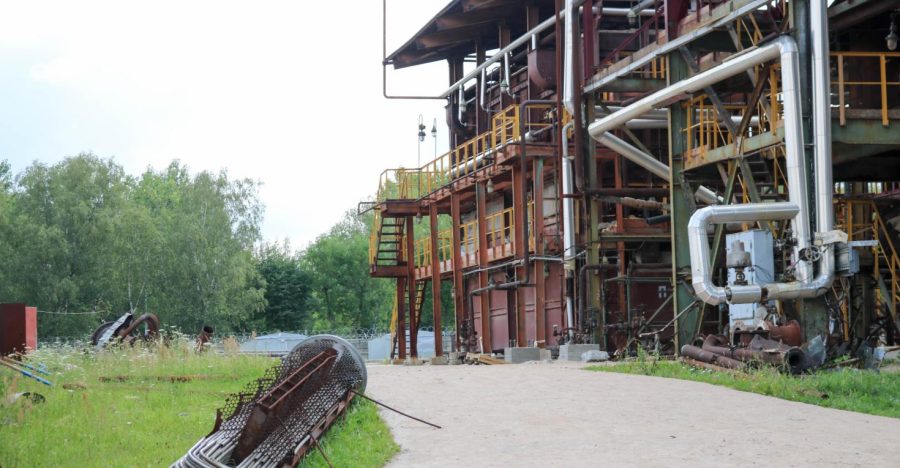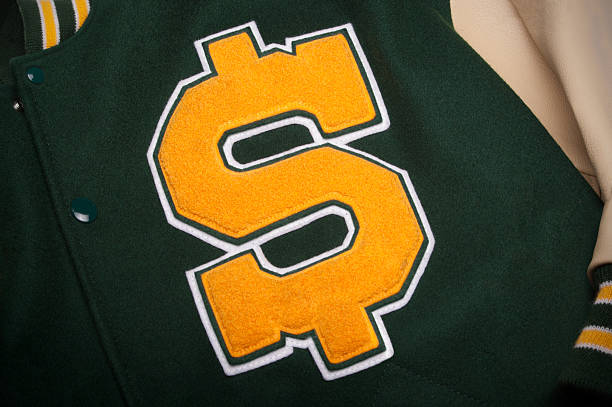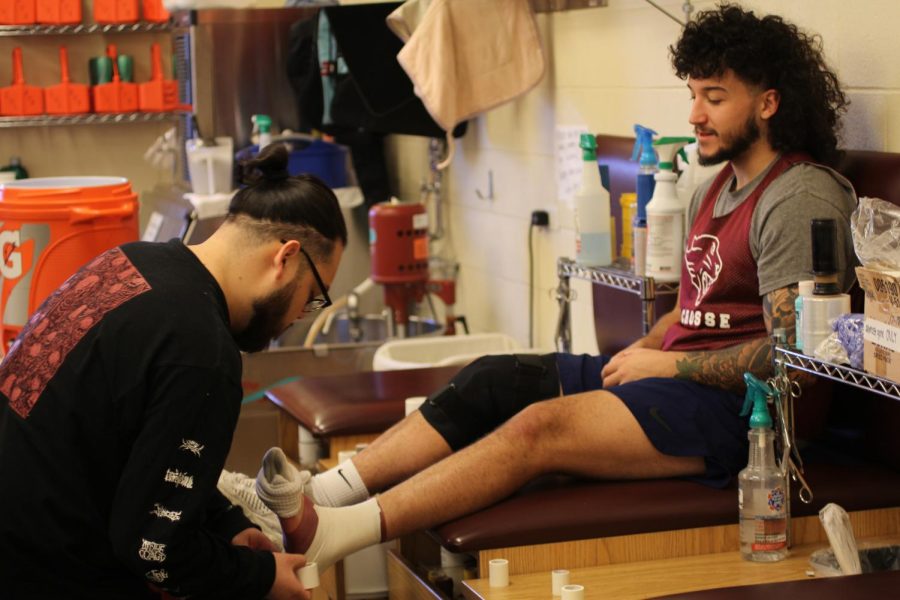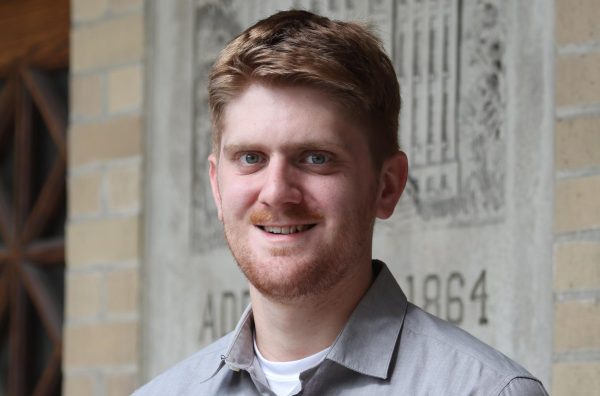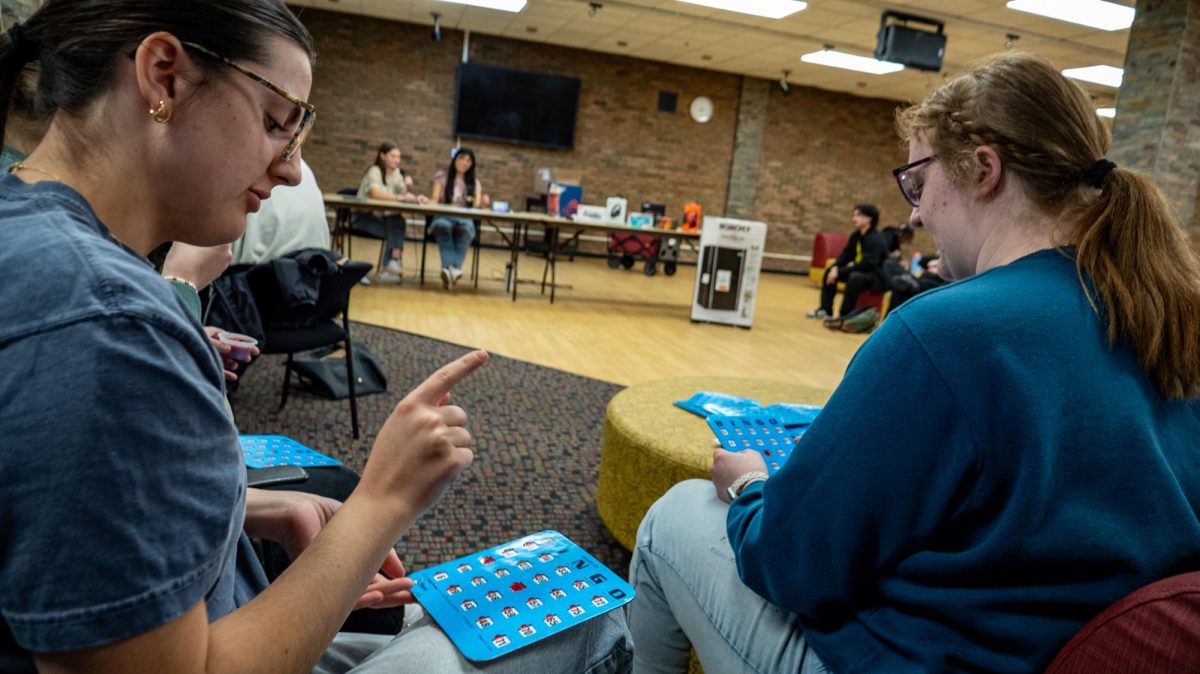Vacant Athletic Trainer Positions Affected by Lack of Applicants
Amir Cavic, a men’s lacrosse and football player, gets his foot wrapped by Jose Alcantar, a temporary trainer at CUC
May 5, 2023
In mid-January of this year, Concordia University Chicago’s four permanent athletic trainers suddenly quit their jobs, worrying hundreds of student athletes who feared that no one would be available to treat their injuries.
Since then, CUC administrators and staff have been working not only to find immediate athletic training support for athletes, but also to fill the vacant trainer spots on a permanent basis.
CUC is looking to hire five total trainers, including one head trainer. So far, only one athletic trainer has accepted a job offer from CUC, according to Janet Wolbert, assistant director of athletics.
“Unfortunately, with the shortage of athletic trainers wanting to work in educational versus clinical or industrial settings, the number of applicants has been lower than what we would want,” Wolbert said.
As it turns out, the situation facing CUC and other schools as they struggle to fill vacant athletic trainer positions is more complex than too few qualified applicants. In fact, the number of certified athletic trainers nationwide increased between 2011 and 2021, from 38,973 to 58,305, according to a report published earlier this year by the National Athlete Trainers’ Association.
Additionally, colleges and universities rank third, behind high schools and hospitals or clinics, as the most common place for athletic trainers to work. With all these numbers in mind, NATA concluded that “there does not seem to be a decrease in the overall number of athletic trainers available.”
Instead, NATA suggests that colleges struggle to find trainers because those jobs offer salaries that are too low compared to competing hiring spots. In 2021, the average collegiate athletic trainer salary was $54,000, according to NATA, while the average salary for all athletic trainers in the United States was $61,998. NATA recommended that colleges “having a difficult time hiring athletic trainers may need to evaluate their current salary structure for athletic trainers.”
Other businesses, including physician’s offices and industrial settings, have also started to bring athletic trainers on board, said Nathan VanRaden, an assistant director of athletics at Benedictine University in Lisle, Ill., These positions are often seen as more attractive than collegiate jobs.
“If athletic trainers are appropriately compensated in salary, benefits, and quality of life, then employers should be able to hire,” said VanRaden. “Our profession has struggled with low wages and long hours for a long time, but the current shortage is shining a light on the importance of appropriate compensation.”
VanRaden also blamed new certification requirements for slowing down the athletic trainer-to-university pipeline.
“Previously, you were able to graduate from an accredited bachelor’s program, take the certification exam, get licensed, and work as an athletic trainer,” says VanRaden. “Now, you have to attend an additional two-year master’s of athletic training program.”
Athletic trainers focus on preventing, diagnosing, and treating injuries in athletes, which includes creating and supervising post-injury rehabilitation programs. Trainers are also on-site at athletic competitions to provide first aid for injuries sustained during play.
Concordia’s previous full-time trainers left in January in the wake of the men’s basketball team scandal, when six players were overworked during a practice and admitted to the hospital for rhabdomyolysis, a potentially fatal condition.
Since the full time trainers’ departure, the school has employed what some students dub “rent-a-trainers,” where a revolving door of third party athletic trainers come in for alternating shifts throughout the day. These trainers, who are in fact temporary hires, range from local graduate students to physical therapists from nearby schools or commercial trainers from establishments like Athletico.
A committee has been formed to fill these roles long term, including CUC’s human resources department, athletic team coaches and strength and conditioning trainers, some student-athletes, plus Dean of Students Kathy Gebhardt and Karla Hanson, CUC’s clinical director of exercise and sports science laboratory.
The interviewing team is looking for candidates whose expertise goes beyond being knowledge about sports medicine. “Overall, individuals with a desire to build an athletic training program that integrates with our athletic department in establishing a culture based on Christian values,” said Wolbert.
Many schools and organizations are apparently running into similar hurdles finding qualified athletic trainers.
“Not only us at CUC, but colleagues I talk to around the conference and nation at all levels within the NCAA have had a difficult time hiring athletic trainers for their staffs,” Wolbert said. “It appears not as many students are pursuing athletic training, when they can go for physical therapy or occupational therapy certifications with the same amount of education.”
Other venues that hire of athletic traininers have also felt the effects of trainer scarcity.
“Our high school sports outreach program has shrunk significantly in the past five years,” said Ted Yemm, a clinic director for two of Peak Sport and Spine Physical Therapy’s outpatient clinics in St. Louis, Missouri. Yemm also oversees the company’s high school outreach program.
This decrease in outreach could be caused by to smaller reimbursements for their services, as well as less settings where trainers can be used. “Even with a smaller outreach program, it has been difficult to hire athletic trainers when needed,” Yemm said.
This dip in reimbursement also leads to lower salaries, another reason trainers might look elsewhere for a job, said Yemm. For that reason, Yemm does not believe the shortage will be solved any time soon.
“More and more high schools and club sports are requiring the presence of an athletic trainer which is good for athlete safety, but they are not allocating adequate funding for this requirement,” said Yemm. “I believe that the shortage will get worse before it gets better. It is difficult to predict when this will subside.”

